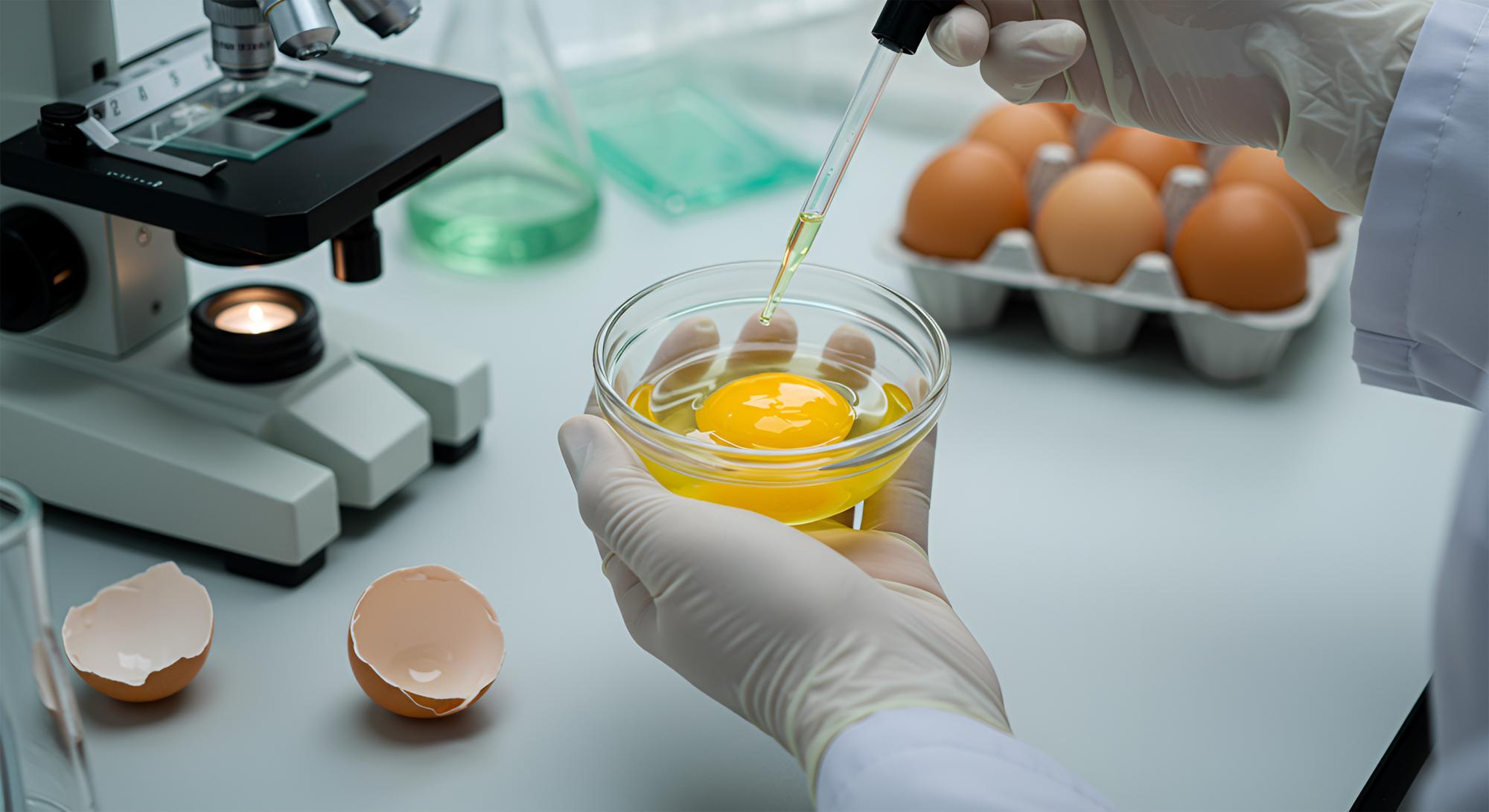
When most people think of eggs, they picture breakfast — scrambled, poached, or baked into something delicious. Yet, beyond their culinary appeal, eggs quietly play a surprising and essential role in industries far removed from the kitchen. From medicine and cosmetics to glues and textiles, the humble egg contributes to innovation, health, and beauty in ways few realize.
One of the most significant non-food uses of eggs is in vaccine production. For decades, eggs have been a cornerstone of vaccine development, particularly for influenza. The process involves fertilized chicken eggs that serve as natural incubators for growing viruses. Scientists inject the virus into the egg, where it multiplies safely inside the nutrient-rich environment. The virus is later harvested, inactivated, and used to create vaccines that protect millions of people each year. Despite the rise of modern cell-based and mRNA methods, egg-based vaccines remain one of the most reliable and proven techniques in medical science.
The cosmetic industry also owes a quiet debt to eggs. Egg whites are rich in proteins like albumin, which has natural skin-tightening and toning properties. This makes them valuable ingredients in face masks, hair conditioners, and anti-aging creams. Egg yolks, on the other hand, are filled with fats and vitamins that deeply nourish and hydrate. Ancient beauty rituals used eggs long before modern labs confirmed their benefits — today, many skincare and haircare products still rely on egg-derived ingredients for their natural effectiveness.
Beyond beauty and medicine, eggs also play a surprising role in manufacturing and craftsmanship. Egg albumin has strong binding properties, making it useful in specialty glues, particularly those used in woodworking, bookbinding, and art restoration. Historically, even painters relied on eggs — the technique of egg tempera, which mixes pigment with egg yolk, was a favourite of Renaissance masters for its durability and luminous finish.
In the textile industry, proteins from eggs are sometimes used to finish fabrics, adding smoothness and a refined sheen. These treatments help improve texture, dye absorption, and longevity — subtle yet impactful qualities that enhance the feel and look of clothing.
The egg, then, is far more than a food source. It is a natural powerhouse of proteins, enzymes, and nutrients that continue to enrich human life in unseen ways. Whether protecting health, enhancing beauty, or perfecting craftsmanship, the egg’s invisible role reminds us how deeply nature’s designs are woven into our everyday world.